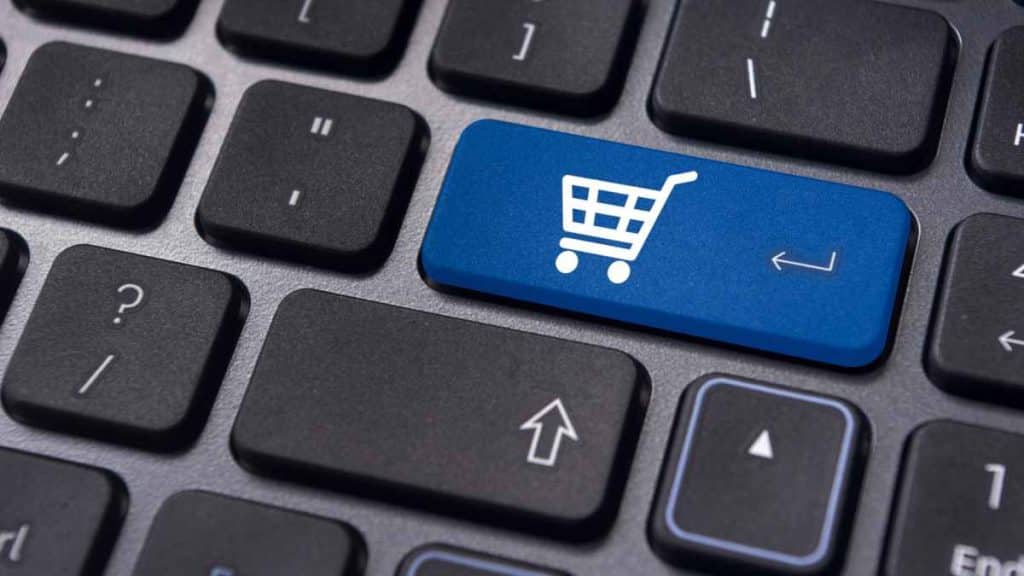Making the transition from a brick-and-mortar business model to an online-only business model can be a big undertaking. But with the right planning and execution, it can be a successful one.
There are a few things you’ll need to consider before making the switch, such as your customer base, your product or service offering, logistics, and marketing. But don’t worry – we’re here to help guide you through every step of the process.
Let’s get started!
1. Evaluate Your Product or Service Offering
The next step is to evaluate your product or service offering. Can it be easily sold online? Is it something that people would want to purchase without seeing or touching it first?
If you’re selling physical goods, then you’ll need to consider shipping and logistics. Can you handle shipping yourself, or will you need to partner with a third-party shipping company?
And if you’re selling services, then you’ll need to make sure that you can deliver them remotely. Can your service be provided through video conferencing, phone calls, or email? For instance, If you’re offering real estate courses online, there is a good chance that the transition will be simple with new modules replacing F2F practices from that past.
2. Assess Your Customer Base
The first step is to take a close look at your customer base. Who are they? Where do they live? What do they do? How likely are they to shop online?
This information will be helpful in determining whether or not an online-only business model is a good fit for your company. If most of your customers are local and unlikely to shop online, then it might not be the best move. But if you have a large, diverse customer base that includes many who are likely to shop online, then it could be a great option.
3. Develop a Logistics Plan
Once you’ve determined that an online-only business model is right for your company, it’s time to develop a logistics plan. This plan should include everything from how you’ll fulfill orders to how you’ll handle customer service inquiries.
If you’re selling physical goods, then you’ll need to decide how you’ll ship them. Will you use a fulfillment centre, or will you handle fulfillment yourself? And what shipping methods will you offer?
If you’re selling services, then you’ll need to determine how you’ll deliver them. Will you use video conferencing, telephone calls, or email? And what methods will you use to take payments through automated billing software?
Final Thoughts
Making the decision to transition your business to an online only model is not one to be taken lightly. There are several key factors you’ll need to take into account before making the switch. By considering these three things, you can make sure your business has a successful transition to going digital-only. Have you made the switch to an online only model? What tips would you add for those considering it?


